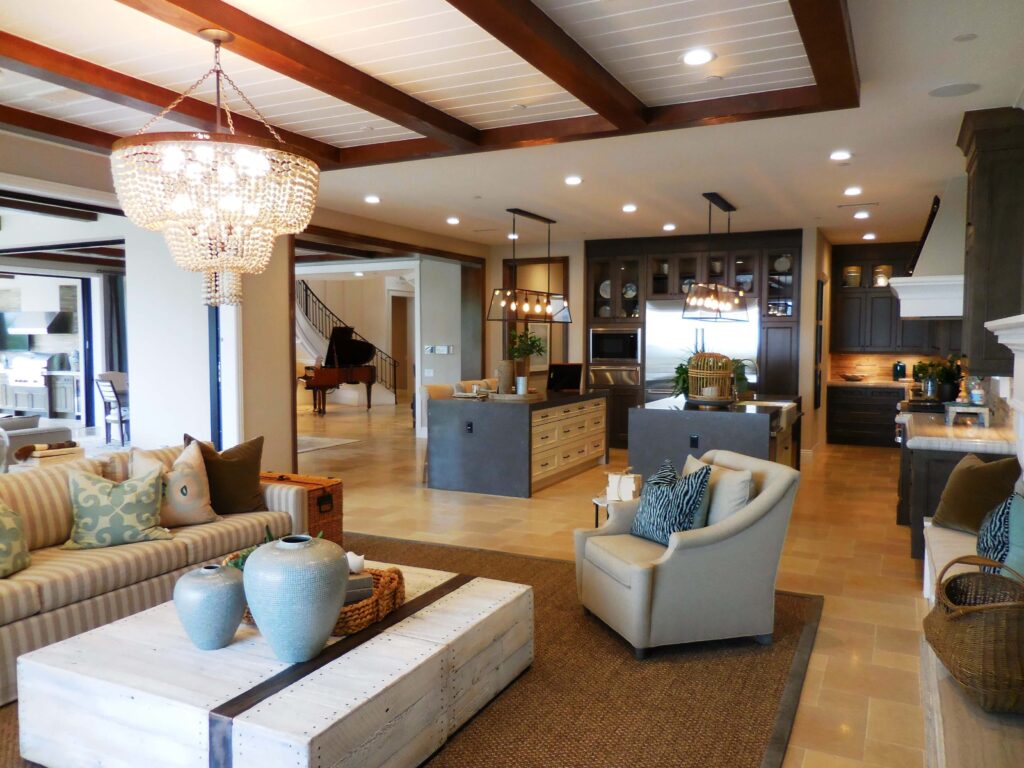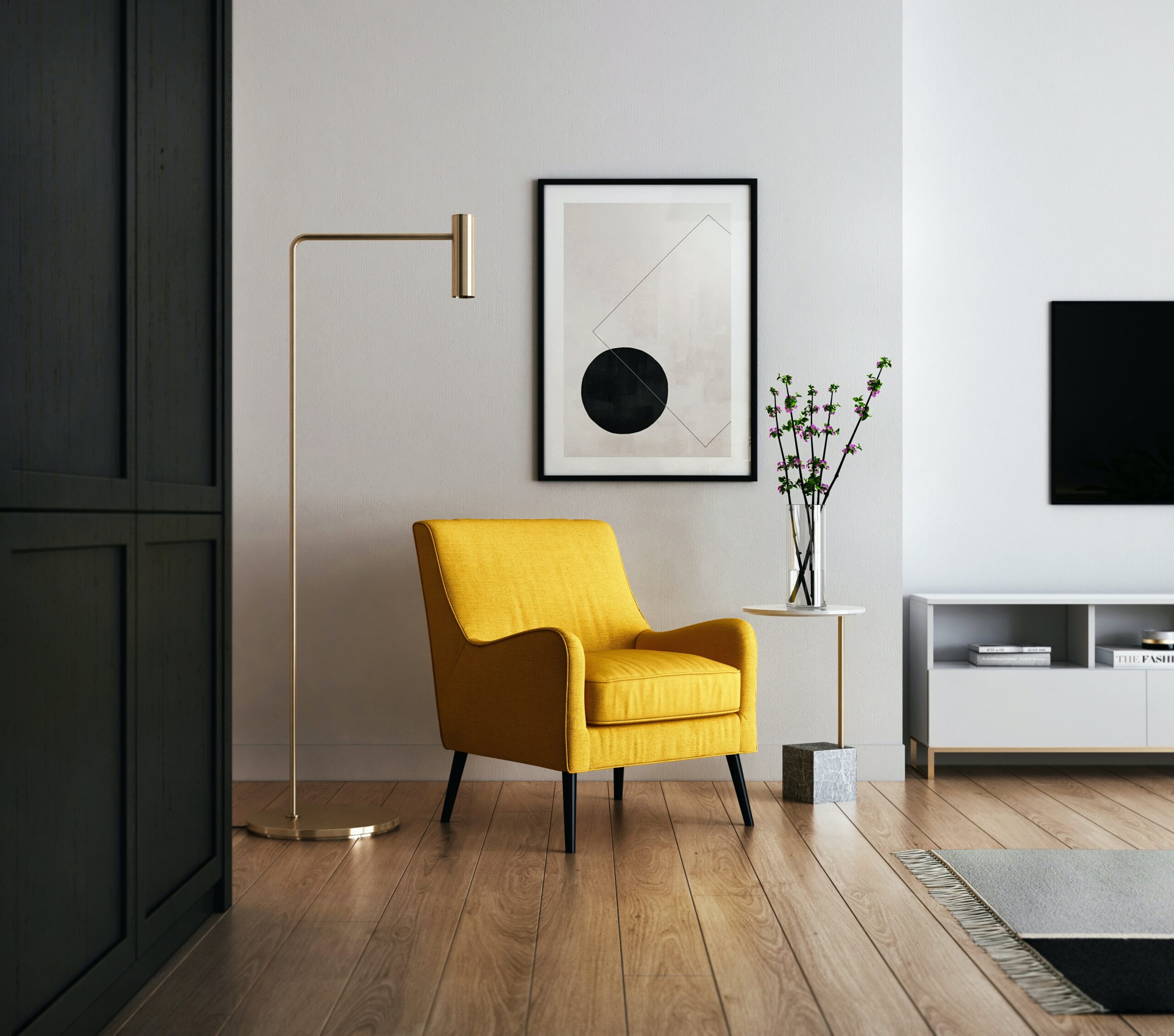What is Chinese style interior design?
Chinese style interior design reflects the rich cultural heritage and artistic traditions of China. It encompasses a diverse range of influences, including classical Chinese, traditional, and contemporary elements. Here are some key features and elements commonly found in Chinese style interior design:
- Colors Inspired by Nature:
- Chinese design often incorporates colors inspired by nature, such as red, gold, black, and shades of brown. These colors are considered auspicious and symbolize prosperity and good fortune.
- Symmetry and Balance:
- Symmetry and balance are important principles in Chinese design. Furniture arrangements and decorative elements are often placed symmetrically to create a harmonious and balanced visual effect.
- Traditional Furniture:
- Furniture in Chinese style interiors often includes classical pieces with elegant lines and intricate detailing. Traditional materials like rosewood, lacquer, and bamboo are commonly used.
- Wooden Elements:
- Wooden elements, especially dark hardwoods like rosewood and mahogany, are prevalent in Chinese design. Wooden furniture, carved screens, and decorative panels contribute to the overall aesthetic.
- Natural Materials:
- The use of natural materials, such as stone, bamboo, and silk, is common in Chinese interiors. These materials add texture and a connection to nature.
- Chinese Screens and Room Dividers:
- Folding screens with intricate carvings or paintings are often used to divide spaces or serve as decorative focal points.
- Screens may feature scenes from nature, traditional Chinese landscapes, or symbolic motifs.
- Decorative Arts:
- Chinese interior design often incorporates decorative arts, including porcelain vases, ceramic sculptures, and traditional Chinese paintings.
- Artworks may depict themes such as nature, landscapes, or traditional Chinese motifs.
- Symbolic Motifs:
- Chinese design is rich in symbolic meaning. Common motifs include dragons, phoenixes, lotus flowers, and symbols representing good luck and prosperity.
- The use of symbols and motifs is thought to bring positive energy and auspiciousness to the space.
- Lanterns and Lighting:
- Lanterns, both traditional and contemporary, are popular in Chinese interiors. They add a warm and atmospheric glow to the space.
- Traditional paper lanterns or modern interpretations with Chinese design elements are common.
- Cultural Artifacts:
- Chinese style interiors often feature cultural artifacts, antique furniture, and heirloom pieces passed down through generations.
- Antique ceramics, figurines, and calligraphy may be displayed as a nod to Chinese cultural history.
- Feng Shui Principles:
- Some Chinese interiors may incorporate Feng Shui principles to create a harmonious and balanced environment. This may involve the strategic placement of furniture, use of specific colors, and consideration of natural elements.
- Intricate Textiles:
- Silk and brocade textiles are commonly used for upholstery, drapery, and decorative cushions. These textiles often feature intricate patterns and vibrant colors.
Chinese style interior design is diverse, and there are regional variations influenced by different dynasties and cultural influences within China. Whether embracing traditional or contemporary elements, Chinese design emphasizes harmony, balance, and a connection to nature and cultural traditions.

